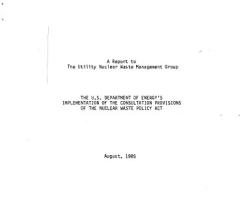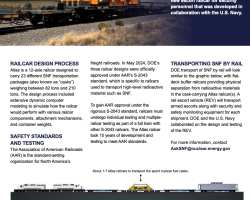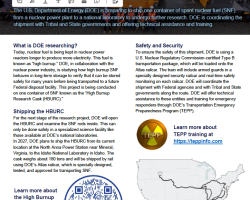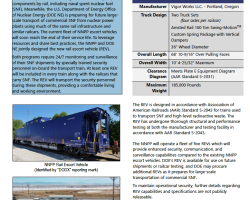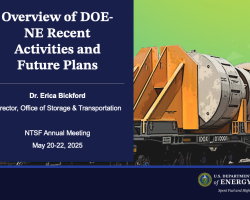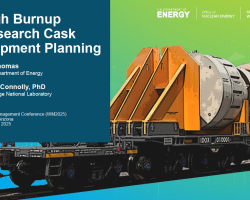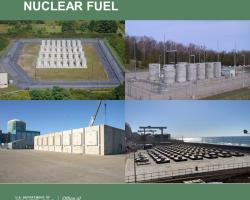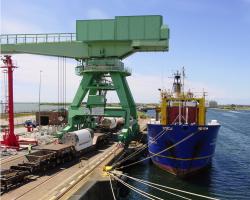Consent-based Siting Consortia Progress: June 2024
Consent-based Siting Consortia Progress: June 2024
Consent-based siting consortia support DOE's efforts to facilitate inclusive community engagement and elicit public feedback on consent-based siting, management of spent nuclear fuel, and federal consolidated interim storage. The 12 awardees are comprised of various organizations to help reach communities across the country and remove barriers to participate in DOE's consent-based siting process.
Awardees have made significant progress in carrying out community engagement activities and providing direct grants to communities wanting to learn more.




